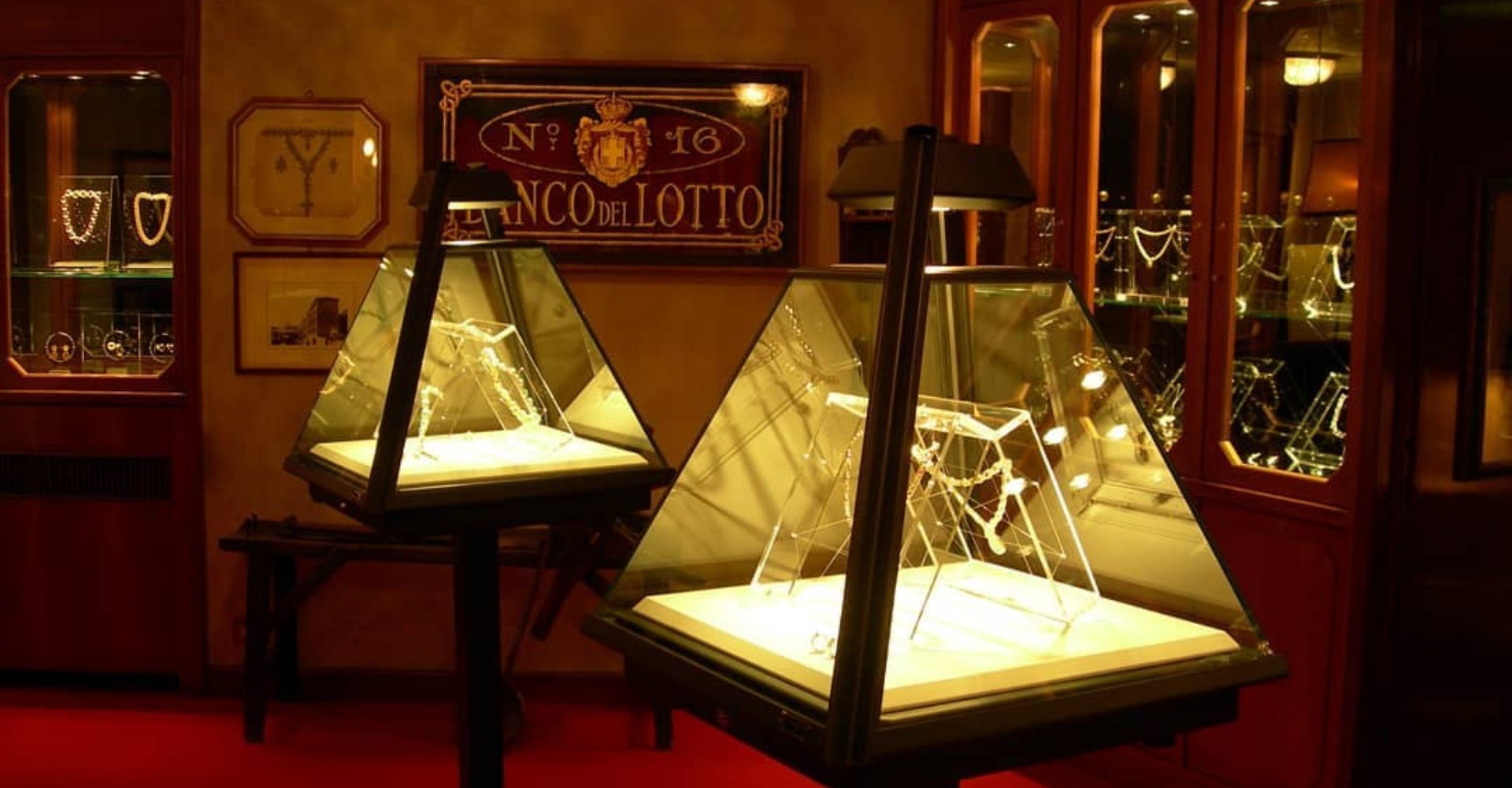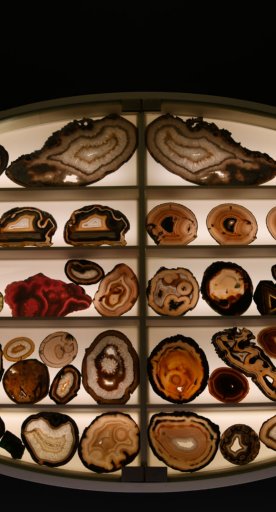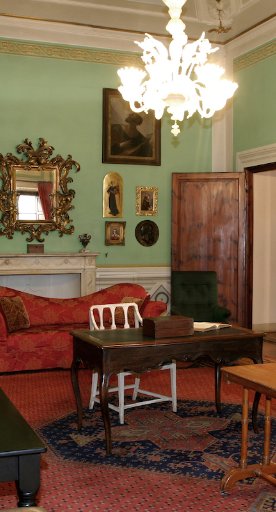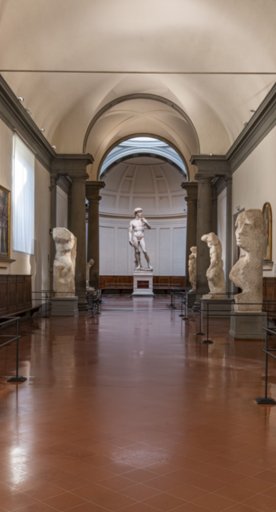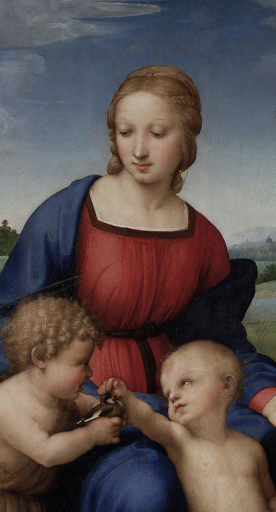Torrini Museum in Florence
Rare collection of centuries-old gold art from the oldest goldsmith company in the world
The Torrini Museum in Florence presents an unparalleled collection of more than 200 precious objects in an expansive furnished exhibition space. Transcending more than 400 years of goldsmith, silverware and objets d’art craftsmanship, the exhibition divides the collection into three eras, titled Three centuries, 1900s and Gold artists. The museum also features an antique pocket watch collection and a library of rare documents including the original 1568 edition of Treaties on Goldsmith Works by Benvenuto Cellini, as well as photographs, drawings and records of projects and international commissions.
Defined by its longstanding identity and passion, embedded in the history of one of the oldest family businesses, the Casato Orafo Torrini, founded in 1369, the museum exhibit is an exclusive space for the art of goldmaking. The official historic shop is located in front of the Brunelleschi’s Dome, in piazza Duomo in Florence and is housed by Palazzo Gondi, constructed in the late 1400s, and has earned much acclaim for its work over the decades. The museum offers visitors a chance to personally engage and connect with the expertise and age-old ingenuity of more than twenty generations of Florentine craftsmanship and its impact on the world stage.
Among the many valuable pieces on display at the Torrini museum, one that best represents the collection is the Renaissance-style Aquamanile water jug (around 15th-16th century). Noted for having miraculously survived the bombings of World War II, the water jug is made of embossed and polished silver, densely decorated and boasting an elegant medallion, its style reminiscent of Nordic and German engravings of the time.
Also of historical significance, a rare collection of 18th-century brooches, meticulously made by one of the company’s forebears, Francesco Torrini, in keeping with the Florentine tradition; delicate, light, asymmetrical diamond flower bouquets bound by ribbon that even in their opulence maintain a sober and austere quality.
A captivating pocket watch collection, exquisitely presented, chronicles the evolution of international watchmaking from the 18th to the 20th century, the development of watchmaking techniques and research into new aesthetic styles, providing an invaluable historical account of the art of watchmaking.
